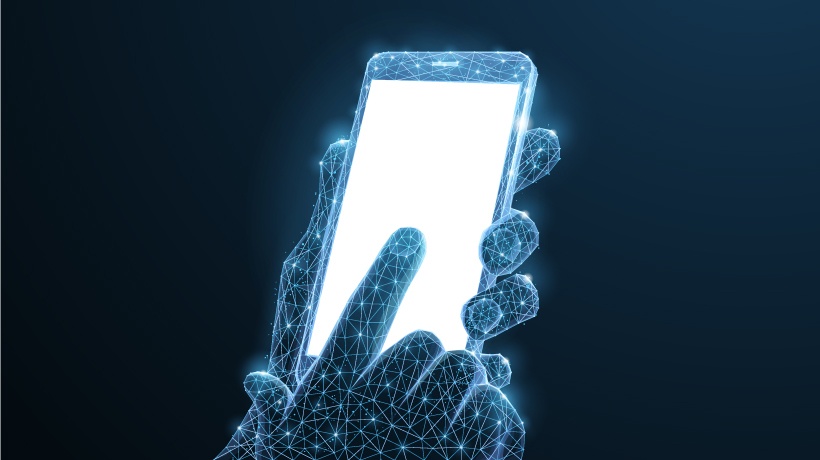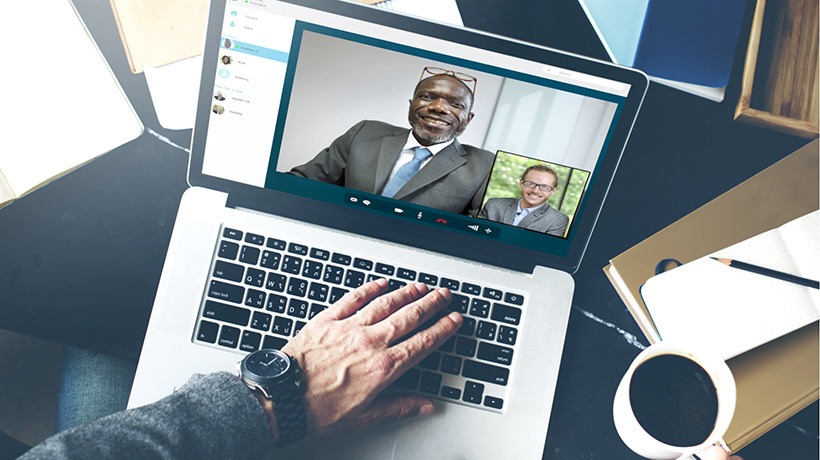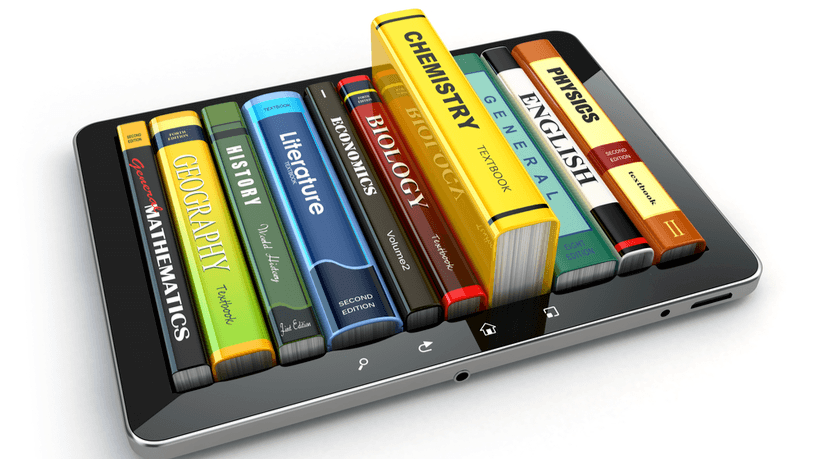Mobile Access Penetration In Sub-Saharan Africa
It is note-worthy to posit that mobile devices have provided significant advantages in teaching and learning scenarios, especially in sub-Saharan African countries, where the case of the digital divide is most felt. Mobile devices have provided a meaningful opportunity for learning to occur outside the walls of classrooms anytime and anyplace since their introduction and adoption as technology in education. (Basoglu & Akdemir, 2010; Drayton, Falk, Stroud, Hobbs & Hammerman, 2010).
Considering the fact that the adoption of mobile technologies has bridged the gap between developed and under-developed nations regarding internet usage and research using open-source materials, it is my opinion that academic policy and decision makers in sub-Saharan African countries may benefit from the inclusion of both electronic and mobile learning into the academic curriculum to eliminate learning time and place bottlenecks (Chen & Chung, 2007; Chen, & Chen, 2009).
It is rather beneficial for decision makers to regularize the use of smartphones and make it part of required teaching and learning tools, whereby instructors will send homework assignments to learners through their personal digital assistants (PDAs) to be completed out of class for submission during next class period. This way, learners will have the opportunity to research and use their smartphones as resources for homework assignments. The governments of sub-Saharan Africa must also invest heavily by subsidizing the cost of smartphone devices for students from the junior secondary schools (JHS) to tertiary institutions. Finally, there must be mandatory professional development courses on how to use PDAs in teaching and learning for professional teachers.
Mobile Access Penetration In Sub-Saharan African Countries
Mobile connectivity is something learners from sub-Saharan Africa have in common with learners from developed nations. Mobile access penetration in sub-Saharan Africa has expanded in recent years to enable citizens from the world’s poorest countries with deficit information and communication technology (ICT) infrastructure services to somewhat compete with higher-income countries in the areas of entertainment, sports, finance, and retail services (Winsor, 2015). Though more work is needed to improve the use of mobile technologies for teaching and learning.
According to a Pew Research Centre Global Attitudes survey, smartphone ownership has increased in sub-Saharan Africa from 2013 to 2017. Their report indicated that for the five-year survey period, South Africa recorded an increase of 18%, Ghana and Senegal smartphone ownership increased from 15% to 35% and 13% to 34%, respectively. Nigeria and Kenya recorded an increase of 13% and 11% respectively, while Tanzania reported a modest increase of 5 percentage points (Silver & Courtney, 2018). In sub-Saharan Africa, adults who reported internet use at least occasionally also owned a smartphone. This is an indication that smartphones hold the potential for learners in sub-Saharan Africa to be able to access the internet and other teaching and learning materials.
However, some governments in sub-Saharan African countries have mandated an embargo on smartphone usage as an educational tool. Banning the use of smartphones in teaching and learning is similar to fulfilling the educational track record of banning things from ballpoint pens to calculators (Jeffreys, 2015). To some, from the poorest countries, the only means to bridge the internet divide is through their mobile applications. According to Branwen Jeffreys (2015), allowing students to use their smartphones in schools without any rules would be counterproductive, however, a proactive usage of smartphones in schools would be beneficial.
Mobile Devices: The Only Path To Digital Freedom for Some
In recent years, I have promoted the idea that out-of-classroom smartphone usage for students learning, aiding homework assignments, and instructors sending course materials through WhatsApp or email platforms to junior high school (JHS) and senior high school (SHS) students in Ghana would pave the way for some JHS and SHS students, whose only path to bridge the digital divide is through the use of their smartphones (of which, the majority of them already possess for social media purposes) to improve on their academic skills. I have also indicated that smartphones could be used to access quality educational resources in print, audio, video, and other forms. Accordingly, regular assessment will be possible via online platforms, and students with lots of home assignments would be allowed time to submit each assignment which can be done via their smartphones using WhatsApp, Telegram, Twitter, and others. That is, instructors will send course information via approved digital platforms to students, and students will be given the opportunity to do research using their smartphones.
There is no doubt, some developed countries are finding ways and means to minimize disruptions that the use of smartphones in classrooms can have on student performance. There are other circumstances where smartphone use in teaching and learning has bolstered the learner’s performance, critical and creative thinking, as well as collaboration and communication skills (Ramamuruthy & Srinivasa, 2015). Yao-Ting, Kuo-En, and Tzu-Chien's, (2016) research into the effects of integrating smartphones and personal digital assistants (PDA) concluded that teachers’ knowledge regarding the use of PDAs has been extremely encumbered. They suggested that policymakers should:
- Leverage the pedagogical effects of mobile devices through designs of learning and teaching scenarios
- Enhance the quality of the experimental design for mobile intervention
- Empower educational practitioners through the orchestration of mobile devices, software, and pedagogical design
In the quest to adopt media for teaching and learning, the most important consideration is not about the technology itself and how popular it is or its functionalities. Some institutions in sub-Saharan African countries are quick to adopt the most popular and well-accepted Learning Management Systems (LMS) without first considering the ease of use and penetration questions, such as: will the media adopted serve the learners as intended or will both instructors and learners spend a massive part of their teaching and learning sessions figuring out how to use the technology? Will the media be available to learners on campuses or to only those who live near the city center? What about diffusion and downloading capabilities?
The major setback of the LMS is that course content is available only with an internet connection. Many students, including faculty members in sub-Saharan Africa, are faced with the issue of access, cost, ease of use, computer illiteracy, and infrastructure support. Therefore relying on the internet, coupled with lack of these infrastructural support services mentioned above, may create hindrances for the LMS to be fully utilized in the context of poor nations. That is, the LMS with all its bells and whistles, cannot be appraised in abstract terms but must be interlinked with contextually appropriate higher education practices in sub-Saharan African countries.
Context-Specific Factors
Selecting the appropriate media for teaching and learning should be based on context-specific factors, learner characteristics, literacy levels of the instructors regarding the media selected, teaching functions, teaching and learning objectives, ease of use, and cost, among many others. Context-specific factors may address issues such as "institutions" located in the "communities" where the "learners" come from. In sub-Saharan Africa, for example, communities where the learning institutions are located play important role in learners’ attitudes toward teaching and learning. Communities support education, therefore, poor communities with deficit infrastructural services may negatively impact the achievement levels of learners.
When choosing media in distance education for learners from sub-Saharan Africa, community factors, institutional capabilities, learner attributes, and literacy levels of instructors regarding the use of technology in the classroom are some of the important factors that need to be considered. Motlik (2008) suggested that mobile learning will pave the way for online learning as the internet is not stable and is unavailable in many parts of rural areas in sub-Saharan African countries. Also, mobile learning is more affordable to less-developed nations and financially constrained groups (Gronlund & Islam, 2010).
What Is That In Thine Hand?: A Mobile Phone
According to Rabbi Menachem Posner (2006), God met Moshe when he was 80 years old around Mount Horeb (Sinai) and instructed him to go back to Egypt to liberate the children of Israel. The biblical account also affirmed the same incident as happening in Exodus chs. 3 and 4. In the most important assignment to go to Pharaoh to redeem the children of Israel, God didn’t bring strange objects (a technology; not known or difficult to operate because of connectivity issues) to Moses from heaven, rather God asked him an important question: Moses, what is that in thine hand? “A staff,” Moses replied.
Under the command from God, Moses used his staff (a rod) to perform numerous miracles in the journey from Egypt to Canaan. For example:
- Parting of the Red Sea (Exodus 14),
- Smiting the rock to produce water (Exodus 17:6),
- In the battle of Rephidim (Exodus 17:8-13),
The Lord instructed Moses to use:
- Something he already owned —Cost
- Something he knew how to use—Ease of use
- Something he had used in numerous occasions successfully—Teaching functions
Conclusion
With this example as a guide, academic policy and decision makers from developing countries are called upon to exercise thrift when it comes to media selection and adoption, while upholding quality. The following are critical questions policymakers need to ask when selecting or adopting media for distance learning under any circumstances:
- Student
Will the media adopted be able to satisfy students' or learners' needs? Are the students familiar with the chosen media? Please do not disenfranchise the learner when it comes to media selection, because the media you adopt is always for the sake of teaching and learning of which the learner is the beneficiary. - Ease of use
In the example above, Moses knew his “staff” for over forty years in the wilderness. When God met him, he didn’t give him or prescribe to him a fanciful tool with lots of features to confuse him. The Lord blessed and gave to Moses something he already had and could use under any circumstances—assimilation. - Cost
How much will the chosen media cost the learners? Are they able to acquire the chosen media? If they are able to acquire, are they able to maintain the chosen media for longer usage?—participation and persistence. - Teaching Functions
Is the media set up to produce quality outcomes for teaching and learning? What about assessment and quality assurance? Are instructors and learners able to function with the chosen media in the classroom setting (whether face-to-face or online)?—functionality.
References:
- Basoglu, E. B., & Akdemir, O. (2010). A comparison of undergraduate students' English vocabulary learning: using mobile phones and flashcards. The Turkish Online Journal of Educational Technology, 9, p. 1-7. Retrieved from http://eric.ed.gov/?id¼EJ898010.
- Chen, C. M., & Chen, M. C. (2009). Mobile formative assessment tool based on data mining techniques for supporting web-based learning. Computers & Education, 52, pp. 256-273.
- Chen, C. M., & Chung, C. J. (2007). Personalized mobile English vocabulary learning system based on item response theory and learning memory cycle. Computer & Education, 51, p. 624-645.
- Drayton, B., Falk, J. K., Stroud, R., Hobbs, K., & Hammerman, J. (2010). After installation: ubiquitous computing and high school science in three experienced, high-technology schools. Journal of Technology, Learning, and Assessment, 9, p. 4-56.
- Gronlund, Å., & Islam, Y. (2010). A mobile e-learning environment for developing countries: The Bangladesh virtual interactive classroom. Information Technology for Development, 16(4), 244-259. doi:10.1080/02681101003746490
- Jeffreys, B. (2015). Can a smartphone be a tool for learning? BBC News: Education and Family. https://www.bbc.com/news/education-34389063
- Motlik, S. (2008). Mobile learning in developing nations. Technical Evaluation Report. The International Review of Research in Open and Distance Learning, 63(9), p. 2.
- Posner, M. (2006). The Israelite prophet and lawgiver known as Moshe in the Bible. Jewish History: Biographies in Brief. https://www.chabad.org/library/article_cdo/aid/73398/jewish/Moses.htm
- Ramamuruthy, V. & Srinivasa, R. (2015). Smartphones phones autonomous learning in ESL classrooms. Malaysian Online Journal of Educational Technology, 3(4)
- Silver, L. & Courtney, J. (2018). Internet connectivity seen as having positive impact on life in sub-Saharan Africa, but digital divide persist.
- Yao-Ting, S. Kuo-En, C. & Tzu-Chien, L. (2016). The effects of integrating mobile devices with teaching and learning on students' learning performance: A meta-analysis and research synthesis. Computers & Education 94 (2016) pp. 252-275.








